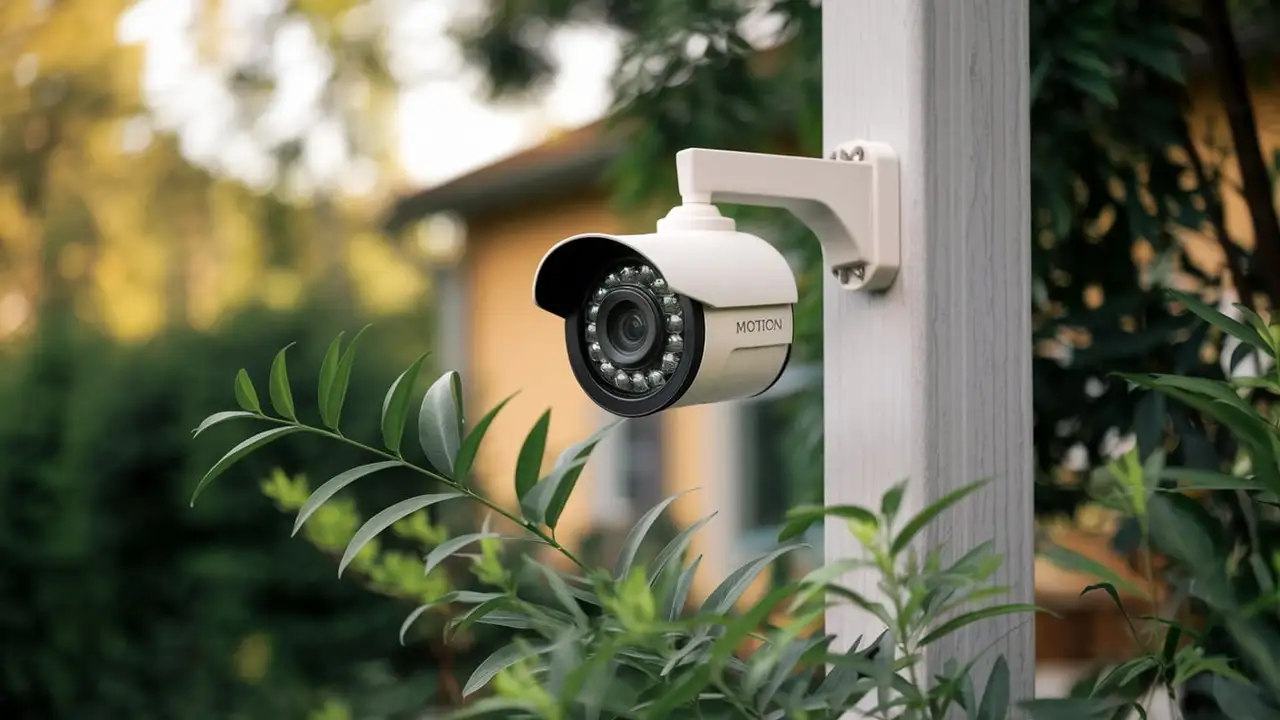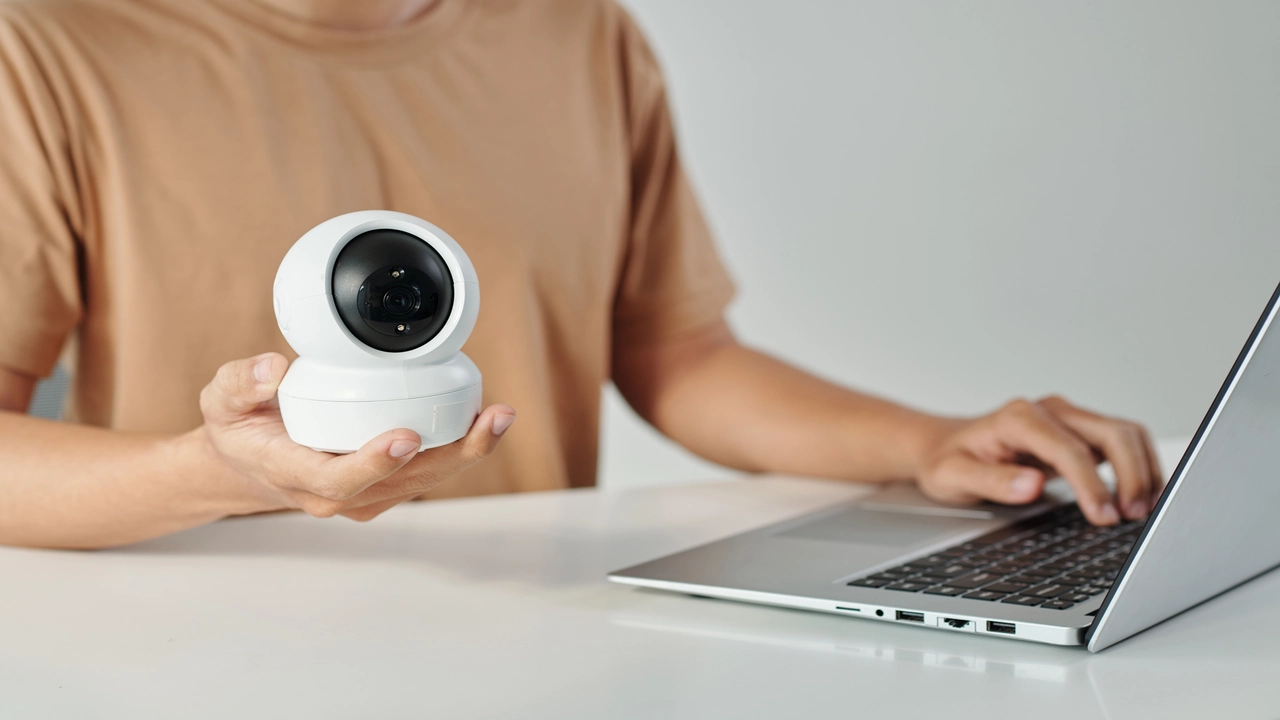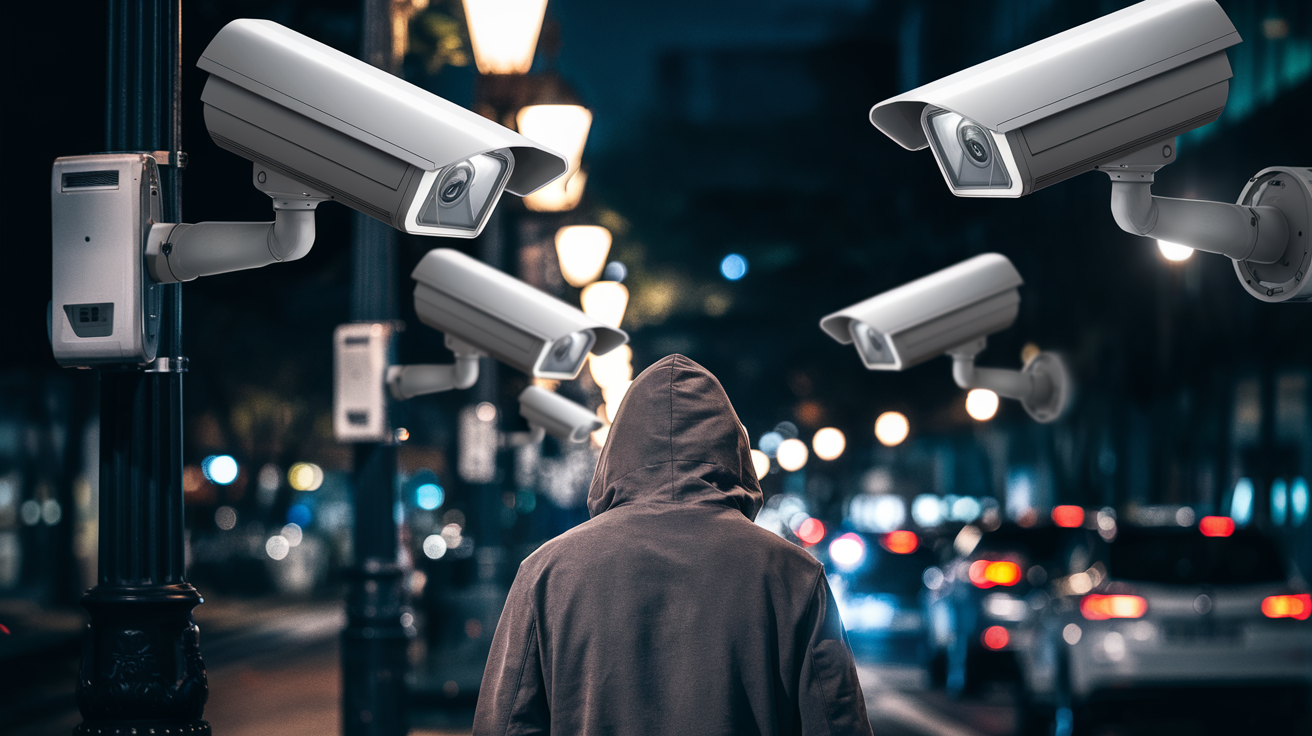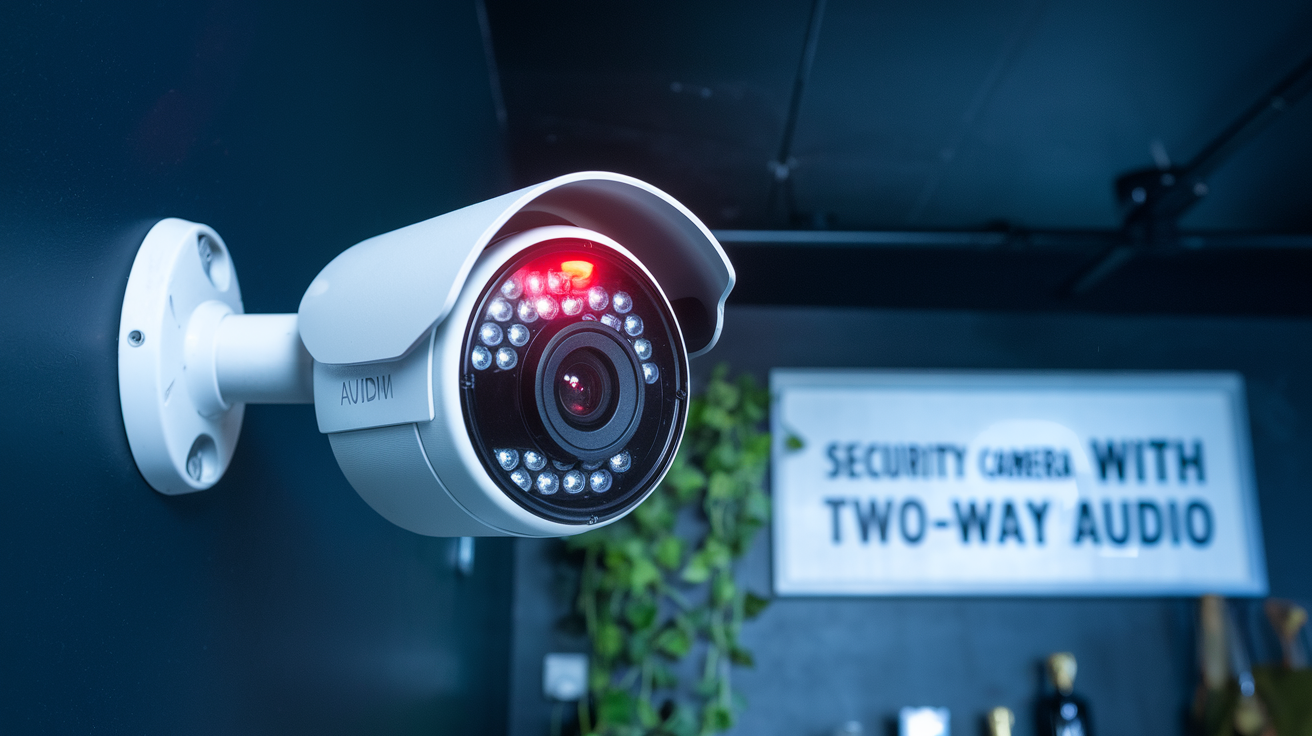Motion sensor security cameras are a cornerstone of modern home and business security systems. They offer real-time monitoring, deter potential intruders, and provide peace of mind. However, like any technology, they can encounter issues that affect their performance. From false triggers to connectivity problems, troubleshooting these issues can save time and ensure your security system operates effectively. This blog explores common problems with motion sensor security cameras and provides practical solutions to keep your system running smoothly.
1. False Motion Triggers
One of the most frequent complaints about motion sensor cameras is false triggers, where the camera records or alerts unnecessarily due to non-threatening movements.
Causes:
-
Environmental Factors: Tree branches swaying in the wind, passing cars, or animals can trigger the sensor.
-
Sensitivity Settings: Overly sensitive motion detection settings may pick up minor movements.
-
Infrared Interference: Heat sources, such as HVAC vents or direct sunlight, can confuse infrared-based sensors.
Solutions:
-
Adjust Sensitivity: Most cameras allow you to tweak motion detection sensitivity through their app or settings menu. Lower the sensitivity to reduce false triggers while ensuring it still detects significant movements.
-
Define Motion Zones: Many modern cameras let you set specific motion detection zones. Exclude areas with frequent non-threatening activity, like a busy street or a neighbor’s yard.
-
Reposition the Camera: Ensure the camera is angled away from trees, reflective surfaces, or heat sources. For outdoor cameras, avoid pointing them directly at the sun or areas with heavy shadows.
-
Use AI-Based Detection: Some advanced cameras use AI to distinguish between humans, animals, and objects. If your camera supports this feature, enable it to reduce false alerts.
2. Camera Not Detecting Motion
On the flip side, some users find their cameras fail to detect motion, leaving gaps in surveillance.
Causes:
-
Improper Placement: The camera may be positioned too high, too low, or at an incorrect angle, missing the intended coverage area.
-
Obstructions: Objects like plants, furniture, or decorations may block the sensor’s field of view.
-
Power Issues: Low battery levels or an inconsistent power supply can impair functionality.
-
Firmware Bugs: Outdated firmware may cause the motion sensor to malfunction.
Solutions:
-
Check Camera Placement: Ensure the camera is installed at the recommended height (typically 7-9 feet for outdoor cameras) and angled to cover the desired area. Test the motion sensor by walking through the monitored area.
-
Clear Obstructions: Trim plants or remove objects blocking the camera’s view. Ensure no spider webs or dirt are covering the lens or sensor.
-
Verify Power Supply: For battery-powered cameras, check the battery level and recharge or replace as needed. For wired cameras, ensure the power cable is secure and the outlet is functional.
-
Update Firmware: Check the manufacturer’s app or website for firmware updates. Install the latest version to fix bugs and improve performance.
3. Connectivity Issues
Wi-Fi-dependent motion sensor cameras often face connectivity problems, resulting in delayed alerts, dropped feeds, or failure to record.
Causes:
-
Weak Wi-Fi Signal: The camera may be too far from the router or obstructed by walls or metal objects.
-
Network Congestion: Too many devices on the same Wi-Fi network can reduce bandwidth.
-
Router Settings: Some routers use dual-band frequencies (2.4 GHz and 5 GHz), and the camera may not support both.
Solutions:
-
Improve Wi-Fi Signal: Move the camera closer to the router or install a Wi-Fi extender to boost the signal. Avoid placing the camera near thick walls or large appliances that interfere with Wi-Fi.
-
Reduce Network Congestion: Limit the number of devices on the same network or prioritize the camera’s bandwidth in your router’s Quality of Service (QoS) settings.
-
Check Compatibility: Ensure the camera is connected to the correct Wi-Fi band (most cameras work better on 2.4 GHz). Check your camera’s manual for specific requirements.
-
Restart Devices: Power cycle the camera, router, and modem to reset the connection. If issues persist, re-pair the camera with the Wi-Fi network through the app.
4. Poor Night Vision or Low-Quality Footage
Motion sensor cameras often rely on infrared for night vision, but users may notice blurry footage or ineffective night recording.
Causes:
-
Dirty Lens: Dust, smudges, or water spots on the lens can degrade image quality.
-
Infrared Reflection: Reflective surfaces like glass or metal near the camera can cause glare, affecting night vision.
-
Insufficient Lighting: Some cameras struggle in complete darkness without supplemental lighting.
-
Compression Issues: High compression settings may reduce video quality to save storage.
Solutions:
-
Clean the Lens: Gently wipe the camera lens with a microfiber cloth to remove dirt or smudges. For outdoor cameras, check for water spots after rain.
-
Adjust Camera Position: Ensure the camera isn’t pointed at reflective surfaces. If mounted near a window, turn off the infrared and rely on external lighting to avoid glare.
-
Add External Lighting: Install motion-activated floodlights or low-level ambient lighting to enhance night vision performance.
-
Adjust Video Settings: Increase the resolution or reduce compression in the camera’s settings. Be aware that higher quality may require more storage or bandwidth.
5. Delayed Notifications or Recordings
Some users experience delays in receiving motion alerts or accessing recorded footage.
Causes:
-
Slow Internet Connection: A sluggish internet connection can delay cloud uploads or notifications.
-
App Issues: Bugs in the camera’s companion app may cause notification delays.
-
Storage Limitations: If the camera relies on cloud storage, a full storage plan or slow upload speeds can cause delays.
Solutions:
-
Test Internet Speed: Use a speed test tool to check your upload and download speeds. For cloud-based cameras, aim for at least 2 Mbps upload speed per camera.
-
Update the App: Ensure the camera app is updated to the latest version. Check for known issues on the manufacturer’s website or forums.
-
Manage Storage: If using cloud storage, check your plan’s capacity and clear old footage if necessary. Alternatively, consider cameras with local storage (e.g., SD cards) to reduce reliance on internet speed.
-
Enable Push Notifications: Verify that notifications are enabled in both the camera app and your phone’s settings. Check for any battery-saving modes that may block alerts.
6. Camera Offline or Unresponsive
An offline or unresponsive camera can render your security system useless.
Causes:
-
Power Failure: A disconnected cable, dead battery, or power outage can take the camera offline.
-
Software Glitches: Bugs in the camera’s software may cause it to freeze or disconnect.
-
Network Changes: Changing your Wi-Fi password or router settings can disrupt the camera’s connection.
Solutions:
-
Check Power Source: Verify that the camera is powered on. For battery models, recharge or replace the battery. For wired models, ensure the cable is intact and the outlet is working.
-
Reboot the Camera: Unplug the camera or remove its battery for 30 seconds, then power it back on. This can resolve temporary glitches.
-
Reconnect to Wi-Fi: If your Wi-Fi settings have changed, reconnect the camera to the network using the manufacturer’s app. Ensure the Wi-Fi password and band are correct.
-
Factory Reset: As a last resort, perform a factory reset (check the manual for instructions). Note that this will erase all settings, so you’ll need to set up the camera again.
Final Tips for Optimal Performance
To prevent recurring issues with motion sensor security cameras:
-
Regular Maintenance: Clean lenses, check power sources, and update firmware regularly.
-
Test Periodically: Walk through the camera’s field of view to ensure motion detection works as expected.
-
Read the Manual: Each camera model has unique features and troubleshooting steps. Refer to the manufacturer’s documentation for specific guidance.
-
Contact Support: If problems persist, reach out to the manufacturer’s customer support or check online forums for model-specific advice.
By addressing these common issues, you can ensure your motion sensor security cameras remain reliable and effective. A well-maintained system not only enhances security but also provides peace of mind, knowing your property is protected around the clock.
Feel safe with the Home Security that you will get from professional security companies are as follows: Contact us at (888) 805-5456 to speak to a specialist and get a no-obligation quote.






